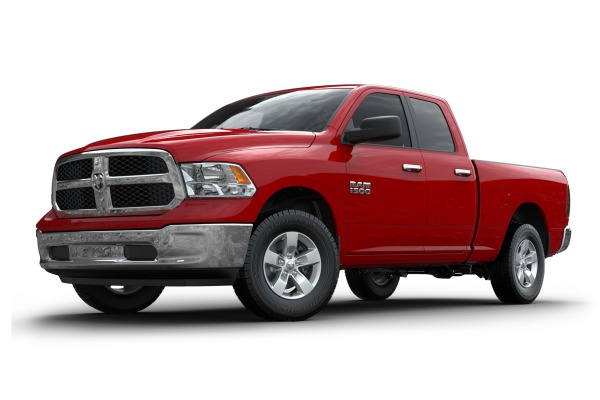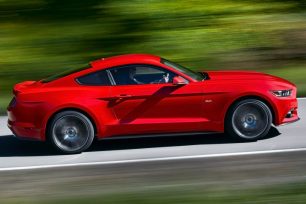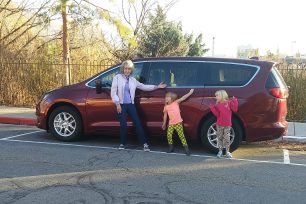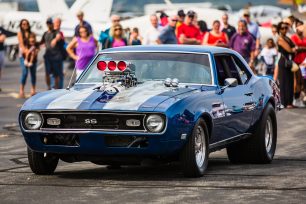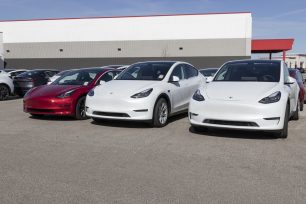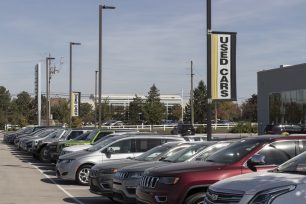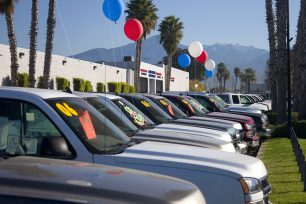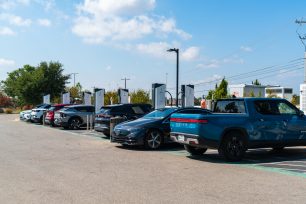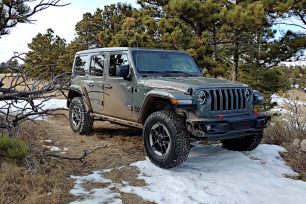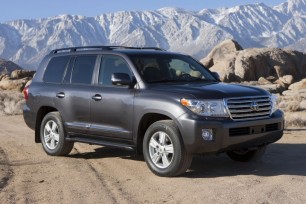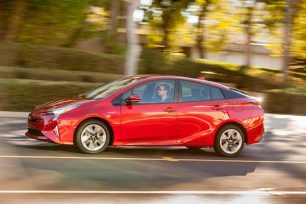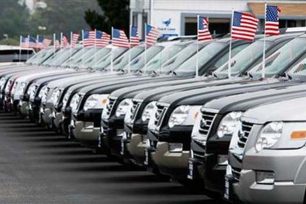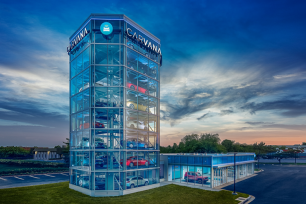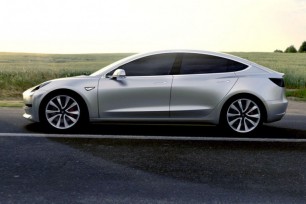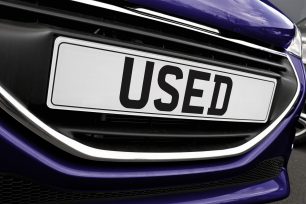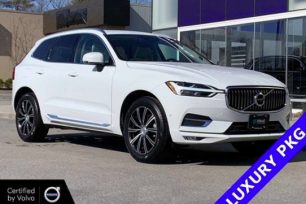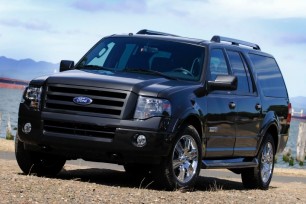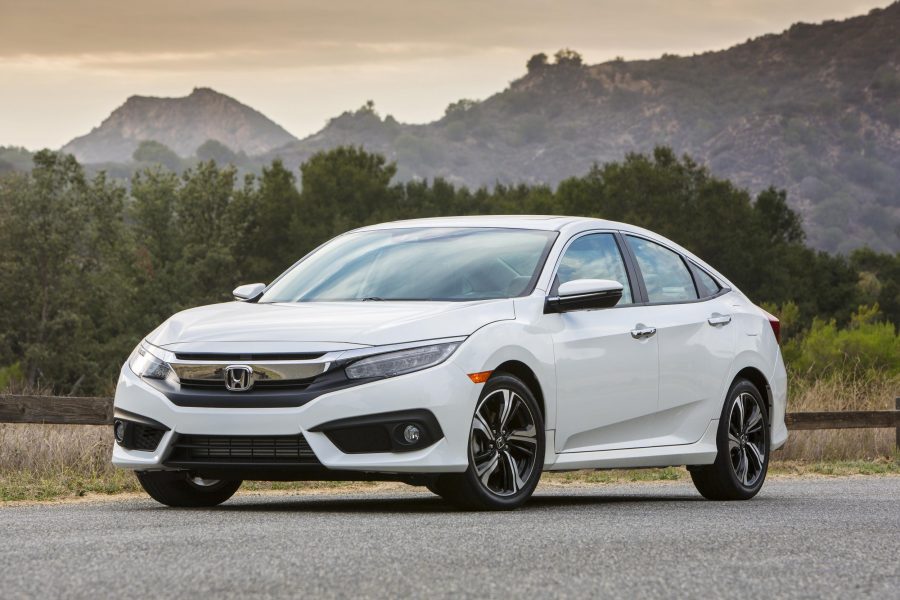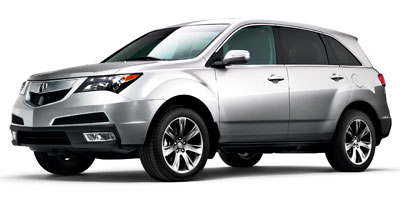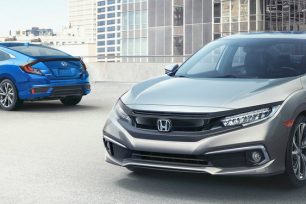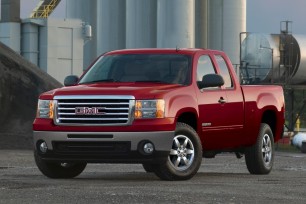With so many pickup truck options to choose from, shopping for the right truck can be a challenge. There’s compact or full-size, light-duty or heavy-duty, as well as many trim variants. There are also three main cab types, which might not be widely understood among first-time truck buyers. Different manufacturers have different terms for these cab styles, adding to the confusion. What do these different truck cab names mean, and which is right for you? We have the answers.
What is a Cab?
If you’re interested in buying a pickup truck , it’s important for you to understand the different truck cab types and what each name means. Cab is short for cabin, which is the passenger area of the truck. Is your truck going to function as just a work vehicle with no need for extra passengers? Or will your truck do double-duty as a family hauler? The answer will help you decide which cab is best to suit your needs.What Are My Cab Choices?
Most modern trucks come with three cab choices. The first is a regular cab , which is a single row of seats for two or three people. That means that there’s no rear seat , which is great if you want to get out of carpool duty, but isn’t optimal if you ever plan on hauling more than one passenger around. Regular cab trucks also have the highest towing capacity due to their lower overall weight. The other two cab styles offer two rows of seats , and these include extended cabs and crew cabs .Extended Cab Vs. Crew Cab
If you’ve ruled out a regular cab truck because of your passenger needs, you may have difficulty deciding between a crew cab and an extended cab pickup . To make the decision easier, we’ll describe the two and point out their key differences and similarities.Extended Cab
If you want a second row of seating , the smaller of the two options is an extended cab . However, each truck manufacturer has different terminology for this truck size. If you’re looking at a General Motors truck from Chevrolet or GMC , it will be referred to as a “ Double Cab ,” while it’s “ Quad Cab ” in Dodge Speak, “ Super Cab ” for Fords , or “ King Cab ” for Nissans. Adding to the confusion is that Toyota refers to it as an ”Access Cab” if you are shopping for a Tacoma , while it’s a “ Double Cab ” if you want a Tundra .Extended cab trucks provide more passenger and cargo space behind the front seats. They offer a second row of seats and can generally fit up to six passengers if you opt for two rows of bench seats. Extended cab trucks either have two doors with fold-down seats, or “jump seats'', to access the second row, or a second set of smaller doors. Some older extended cab trucks have only one extra rear door on one side. Because the second doors are not full-sized like the front doors it is easy to spot an extended cab truck. The rear door windows in many extended cab trucks do not roll all the way down, instead opening a few inches.
Crew Cab
A crew cab truck provides the most passenger room. Just like extended cab trucks , terminology for crew cab trucks is not consistent among manufacturers. Chevrolet , GMC , Ram and Nissan keep it simple by using the term “ Crew Cab ,” but Ford uses “ SuperCrew .” Toyota goes by “ Double Cab ” for the Tacoma and “ CrewMax ” for its Tundra model.Crew cab trucks provide more space for front and rear passengers compared to extended cabs. They also include full size-rear windows, with back doors that resemble a regular sedan or SUV. As an example of the increased space offered by crew cabs, the GMC Sierra 1500 extended and crew cab models have similar headroom, but the crew cab models have an extra eight inches of legroom.
Crew Cab or Extended Cab? Which Cab Size Should You Choose?
When choosing which truck is right for you, it all depends on how you plan to use it. Here are the main differences to help you decide which is best for you.- Passenger room: If you’re using your truck as a family hauler or want your passengers to ride comfortably in the back seat, a crew cab is likely the best choice. Conversely, if you are using the truck as a work truck and don’t plan on regularly hauling others around, you might want to pick an extended cab.
- Price: It should come as no surprise that the smaller extended cab versions are the more affordable option. When looking at Ford F-150 models, similarly equipped extended cabs cost around $2,500 less than the crew cab versions.
- Truck Bed Size: Because crew cabs are longer than extended cabs, they often have smaller beds than extended cab trucks. Combining long beds with crew cab trucks can make them difficult to maneuver. In fact, some pickup truck models like the Chevrolet Silverado 1500 don’t offer their longest bed lengths in crew cab configurations. In short, what you gain for passenger space in a crew cab, you will likely have to sacrifice for bed length.
Bottom Line:
Because pickup trucks come in many configurations, the options can be overwhelming. Be sure to check out our guide on the Most Reliable Pickup Trucks to help you narrow down the model. You can also find price-based guides like the iSeeCars list of Best Used Trucks Under $20,000 to help find the right truck to fit your budget. Dimensions for crew cab and extended cab pickups can vary by manufacturer, so if you are torn between the two you should test drive both options to see which will better suit your needs.If you’re interested in purchasing a pickup truck, you can search over millions of new and used pickups with iSeeCars’ award-winning car search engine. We help shoppers find the best car deals by providing key insights and valuable resources, like the iSeeCars free VIN decoder. You can filter by cab size, bed length, and towing capacity to help you find the right truck at the right price.

